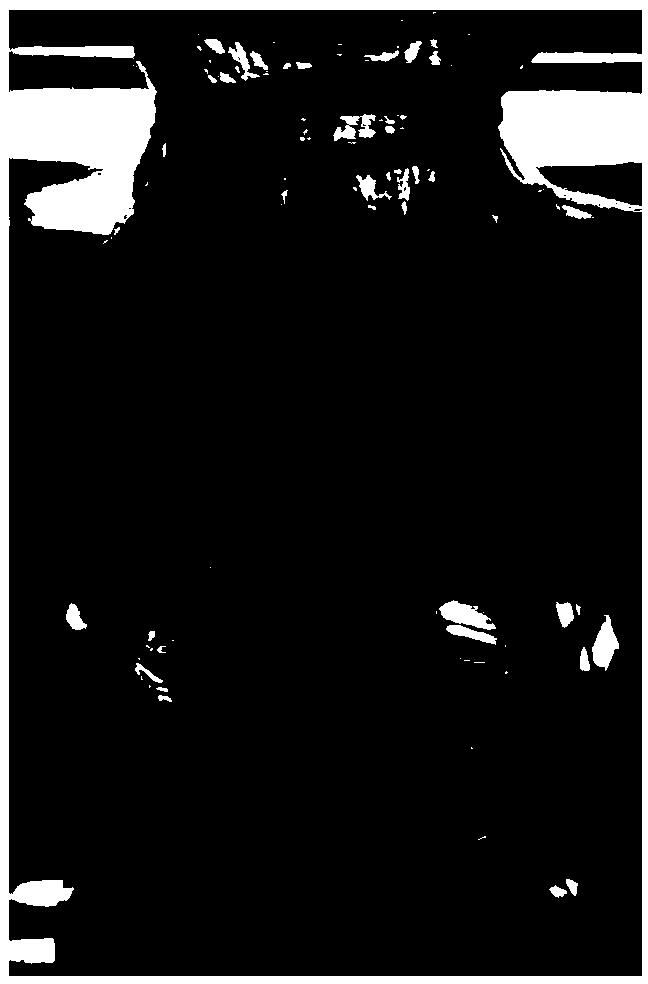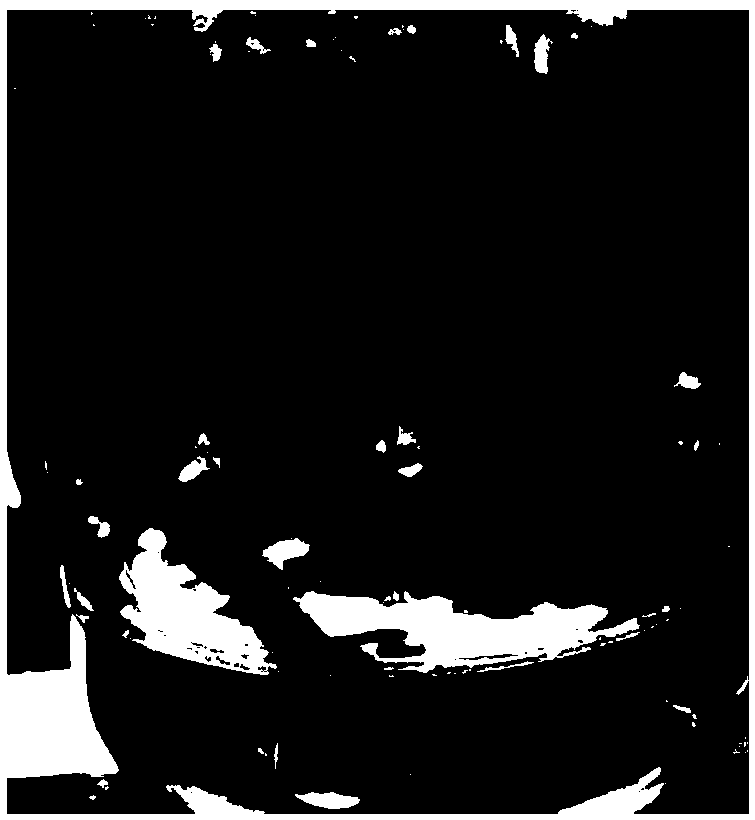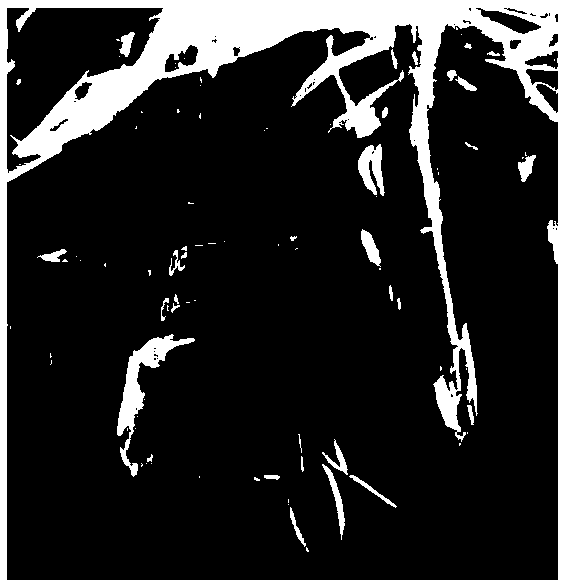Tissue culture propagation method of Polygonatum multiflorum
A Polygonatum multiflora, tissue culture technology, applied in horticultural methods, botanical equipment and methods, horticulture, etc., can solve the problems of increased tissue culture cycle and cost, weak meristematic ability, easy pollution, etc., and achieve easy sterilization Effects of treatment, promotion of multiplication, and non-pollution
- Summary
- Abstract
- Description
- Claims
- Application Information
AI Technical Summary
Problems solved by technology
Method used
Image
Examples
Embodiment 1
[0044] 1. Prepare seed embryos: Collect mature Polygonatum multiflora fruits in mid-September, pile them up for 1 week, and wash the pulp with clean water after the peel is slightly rotten. Seeds were soaked in water for 24 hours, during which the water was changed 4 times. Rinse the seeds with running water for 5 minutes, then rinse with 0.1% HgCl 2 Soak for 5-8 minutes, rinse with sterile water, dry the water on the surface of the seeds with sterile filter paper, cut the treated seeds with dissecting scissors, and take out the seed embryos.
[0045] 2. Sterilization of seed embryos: use 0.1% HgCl 2 Soak the seed embryos for 8 minutes, and finally rinse them with sterile water for 8 times.
[0046] 3. Seed embryo inoculation and callus induction: The sterilized seed embryos are inoculated on the prepared medium. The formula of the medium is: MS+6-BA2.0mg / L+NAA0.2mg / L, per bottle Inoculate 4 to 5 plants. Put it on a dark culture rack with a temperature of 23°C-25°C and a r...
Embodiment 2
[0052] 1. Prepare the seed embryo: collect the mature fruit of Polygonatum multiflora in early October, pile it up for 1 week, and wash the pulp with clean water after the peel is slightly rotten. Seeds were soaked in water for 24 hours, during which the water was changed 4 times. Rinse the seeds with running water for 5 minutes, then rinse with 0.1% HgCl 2 Soak for 8 minutes, rinse with sterile water, dry the surface moisture of the seeds with sterile filter paper, cut the treated seeds with dissecting scissors, and take out the seed embryos.
[0053] 2. Sterilization of seed embryos: use 0.1% HgCl 2 Soak the seed embryos for 8 minutes, and finally rinse them with sterile water for 8 times.
[0054] 3. Seed embryo inoculation and callus induction: the sterilized seed embryos are inoculated on the prepared medium. The formula of the medium is: MS+6-BA 1.5mg / L+NAA 0.15mg / L, per bottle Inoculate 4 to 5 plants. Place it on a dark culture rack with a temperature of 23°C-25°C a...
Embodiment 3
[0059] 1. Prepare seed embryos: Collect mature Polygonatum multiflora fruits in late September, pile them up for 1 week, and wash the pulp with clean water after the peel is slightly rotten. Seeds were soaked in water for 24 hours, during which the water was changed 4 times. Rinse the seeds with running water for 5 minutes, then rinse with 0.1% HgCl 2 Soak for 5-8 minutes, rinse with sterile water, dry the water on the surface of the seeds with sterile filter paper, cut the treated seeds with dissecting scissors, and take out the seed embryos.
[0060] 2. Sterilization of seed embryos: use 0.1% HgCl 2 Soak the seed embryos for 6-7 minutes, and finally rinse them with sterile water for 8 times.
[0061] 3. Seed embryo inoculation and callus induction: the sterilized seed embryos are inoculated on the prepared medium, the formula of the medium is: MS+6-BA 2.2mg / L+NAA 0.2mg / L, per bottle Inoculate 4 to 5 plants. Put it on a dark culture rack with a temperature of 23°C-25°C an...
PUM
 Login to View More
Login to View More Abstract
Description
Claims
Application Information
 Login to View More
Login to View More - R&D
- Intellectual Property
- Life Sciences
- Materials
- Tech Scout
- Unparalleled Data Quality
- Higher Quality Content
- 60% Fewer Hallucinations
Browse by: Latest US Patents, China's latest patents, Technical Efficacy Thesaurus, Application Domain, Technology Topic, Popular Technical Reports.
© 2025 PatSnap. All rights reserved.Legal|Privacy policy|Modern Slavery Act Transparency Statement|Sitemap|About US| Contact US: help@patsnap.com



